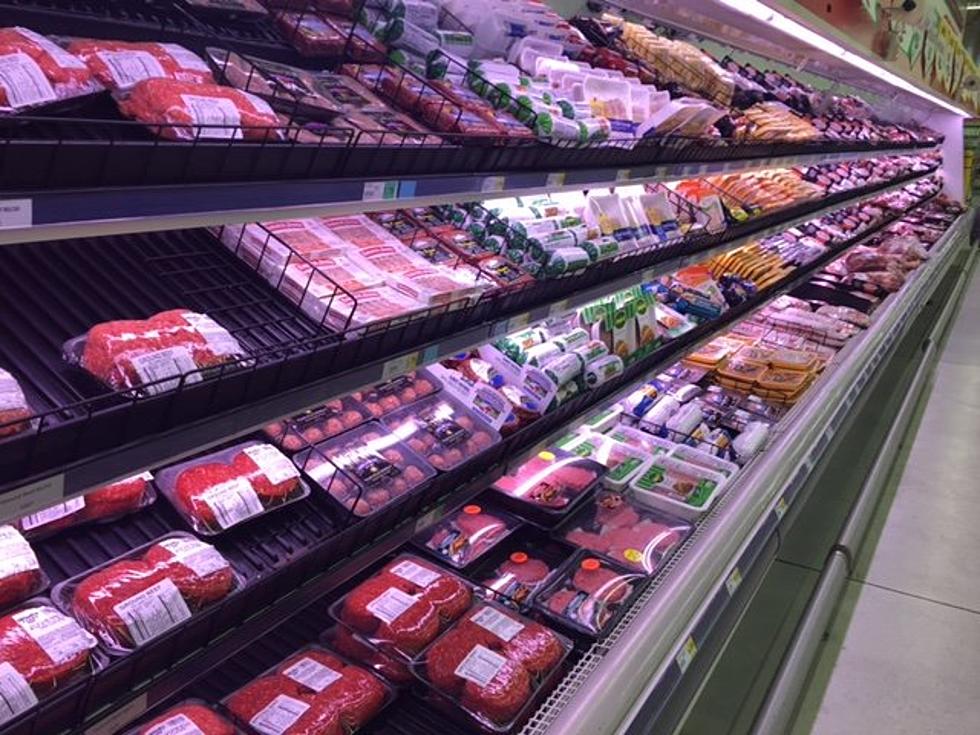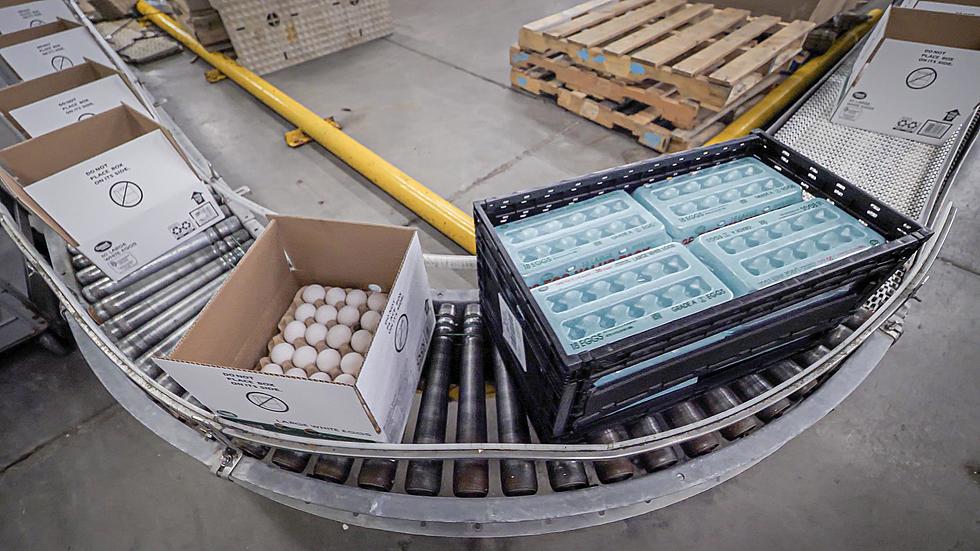
Zuzolo: Looks Back On The 2021 Grain Market
The New Year is still just a few days old, which means it’s a good opportunity to look back at how the grain markets faired in 2021. Mike Zuzolo, President and Founder of Global Commodity Analytics in Atchison, KS, said the 2021 commodity markets picked up right where 2020 left off.
“A cost-push inflationary market for grains where weather and supply-side features continue to put upward price pressure on grain future and cash-grain markets. As we did this, the demand side continued to flatten out, and as we close out 2021, it appears to me that it's starting to weaken on the demand front.”
As 2021 progressed, buying patterns in the commodity market began to change as inflation pressure rose higher.
“Interesting to see that as we closed out 2020 with the Phase One trade deal, high hopes, high expectations, went in the 2021 where the weather took the reign and demand increased, and the inflationary pressures due to the supply side increased demand for the end-users and the commercials to not use that just in time inventory mindset that we've had the past 20 or 30 years, but instead, buy ahead, and as they say now just in case type of inventory management where you buy extra and you hoard, whether you're an end-user or whether you're a consumer, so I think that's the major theme. And as we go into 2022 It seems to be the same path and the same trend.”
Zuzolo noted a lot of the factors pushing the markets higher will likely remain into 2022.
“The cost-push, the weather, the supply; those are going to be the major features that are going to allow prices to go higher if they're going to go higher in 2022. And demand pressures will increase, whether it's trade policy issues, whether it's geopolitical issues, or whether it's just any demand-related issues like COVID or something like that.”
He added the wheat market was the biggest surprise when it came to trade over the past year.
“I don't include myself in that. I've always felt as the wheat needed to lead the grain markets, and that wheat was the best reflection and gauge to investor sentiment and real food demand sentiment, and supply-demand sentiment. So historically, what tends to lead the grains, and so I think the wheat did a much better job. 2021 became a year of the search for protein, and that's where the spring wheat and the High-Pro wheat shined a big light on everything. Minneapolis spring wheat was a clear leader in all of this.”
Looking ahead, he says the flattening demand we saw at the end of 2021 will continue at least during the first part of 2022.
“Producers are being incentivized and well-compensated for pushing the envelope on increasing supply. We see that in Argentine wheat, we see that in Australian wheat, we are seeing the battle line drawn now between increased demand and buying extra, as I talked about earlier, with new crop supplies getting ready to come on in the March-April timeframe. As those new supplies come online, my biggest question is do the end-users and does the demand side move back to adjusted time inventory mindset, feeling more comfortable about the supplies, and I think that's something we need to bake into as a hedger, as a price taker, and producer, we need to bake that into our 2022 marketing plan.”
Zuzolo added any trade issues will be more front-and-center early in the New Year.
If you have a story idea for the PNW Ag Network, call (509) 547-1618, or e-mail gvaagen@cherrycreekmedia.com
More From PNW Ag Network









